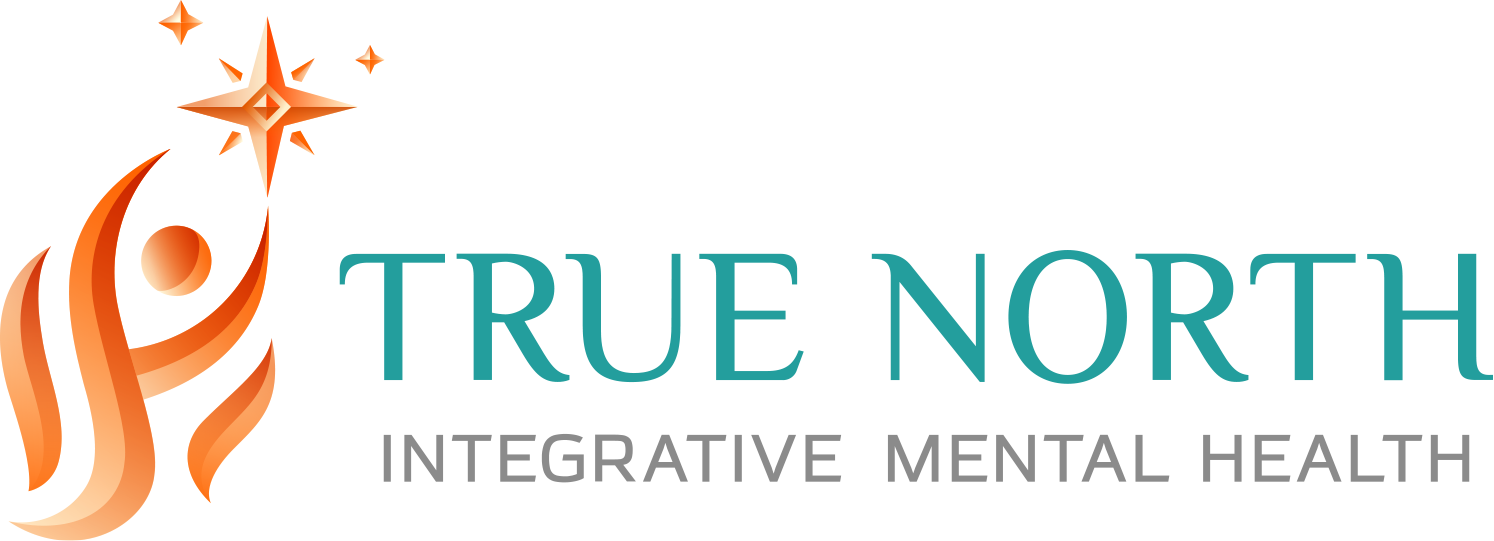TMS vs. ECT: Which Treatment is Right for You?
Matt Rodriguez • May 7, 2025
Transcranial Magnetic Stimulation (TMS) and Electroconvulsive Therapy (ECT) are two advanced treatments for depression, often used when traditional methods haven’t worked. While both stimulate brain activity, these treatments significantly differ in how they work and their safety profiles. This guide breaks down the mechanisms, side effects, and effectiveness of TMS and ECT. If you’re seeking relief from depression and are interested in alternative treatments, this guide will help you make an informed choice about whether TMS or ECT is right for you.
How Does TMS Work?
TMS is a non-invasive procedure that uses magnetic fields to stimulate specific brain areas involved in mood regulation. For depression treatment, it targets the dorsolateral prefrontal cortex (DLPFC), a region that is often underactive in people with the condition. TMS is thought to help "reawaken" brain circuits by stimulating nerve cells to fire and release neurotransmitters (chemical messengers).
TMS has been shown to improve synaptic plasticity, the brain's ability to strengthen and change connections between nerve cells. It can also increase
functional connectivity, which is the capacity for different brain regions to interact. By modulating brain activity on both a small and large scale, TMS can help people
change unhealthy thinking patterns and
improve coping mechanisms and
emotional regulation.
What to expect in a TMS session
A TMS session is a noninvasive, outpatient procedure typically lasting 30 to 40 minutes. During the session, a magnetic coil is placed on a patient’s scalp to deliver targeted pulses to a specific brain region. Patients remain awake and can resume normal activities immediately afterward. An entire course of TMS usually consists of five sessions per week for four to six weeks, totaling around 36 treatments.
How Does ECT Work?
How does ECT work in the brain?
ECT is a more invasive treatment that uses controlled electrical currents to induce a brief seizure (a sudden burst of electrical activity) in the brain. While its exact mechanism isn’t fully understood, research suggests that ECT enhances synaptic plasticity, much like TMS. It may also increase the neurotransmitter serotonin–similar to traditional antidepressants—and influence the body's hormone system to relieve depression.
Unlike TMS, which targets a specific brain region, ECT affects the entire brain, leading to a higher risk of side effects.
What to expect in an ECT session
ECT is a more intensive procedure performed under general anesthesia in a hospital or clinical setting. Before treatment, electrodes are placed on the scalp to deliver a controlled electrical pulse that induces a brief seizure. Each session, including preparation and recovery, lasts about an hour, though the stimulation only lasts seconds. ECT is typically administered two to three times per week for 6 to 12 sessions, depending on individual response.
Is TMS or ECT More Effective at Treating Depression?
Clinical studies show that 50% to 60% of people with treatment-resistant depression (TRD), who have failed to respond to standard treatment, experience a clinically meaningful response to TMS. About one-third (33%) of these individuals achieve remission, meaning their symptoms completely or mostly disappear.
For ECT, studies report that 58% to 70% of those with TRD improve after treatment, with remission rates ranging between 48% and 70%. Although ECT can be highly effective for depression, TMS is often preferred because it is non-invasive and has fewer risks.
Both TMS and ECT can provide
long-lasting relief from depression, with benefits lasting from several months to several years. Some people may not need treatment again, but others may require
maintenance treatments to prevent relapse.
Is TMS Safer Than ECT?
TMS is considered safer than ECT and doesn’t require anesthesia, eliminating risks associated with sedation. Common side effects of ECT are generally mild and transient, including:
- Mild headaches
- Scalp discomfort at the site of stimulation
- Muscle twitches
- Lightheadedness
TMS has been known to induce seizures and mania. However, these serious side effects are extremely rare.
ECT, on the other hand, has side effects that are more pronounced and severe, primarily due to the induction of seizures and the use of anesthesia. Common side effects include:
- Short-term memory loss
- Confusion
- Headaches
- Muscle soreness
- Nausea
There is also a risk of
long-lasting cognitive impairment, especially with long-term treatment.
Is TMS or ECT Right For Me?
When deciding between TMS and ECT, consider the following:
- Severity of Depression: ECT is often reserved for severe cases with urgent needs, while TMS is suitable for moderate to severe depression.
- Side Effect Profile: TMS has a more favorable side effect profile, making it preferable for patients concerned about cognitive effects.
- Invasiveness and Convenience: TMS is non-invasive and does not require anesthesia, allowing patients to resume daily activities immediately after treatment.
TMS at True North IMH
At True North IMH, we are committed to providing compassionate, evidence-based care tailored to each individual's needs. Our TMS therapy offers a non-invasive, effective alternative for those seeking relief from depression without the side effects associated with more invasive treatments. If you or a loved one is considering TMS therapy, our expert team is here to guide you through the process.
Contact us today to learn more about how TMS can help you regain control over your mental health.

Our Helpful Links
Schedule a Consultation
Get help with depression today! It's important to know that you are not alone.


